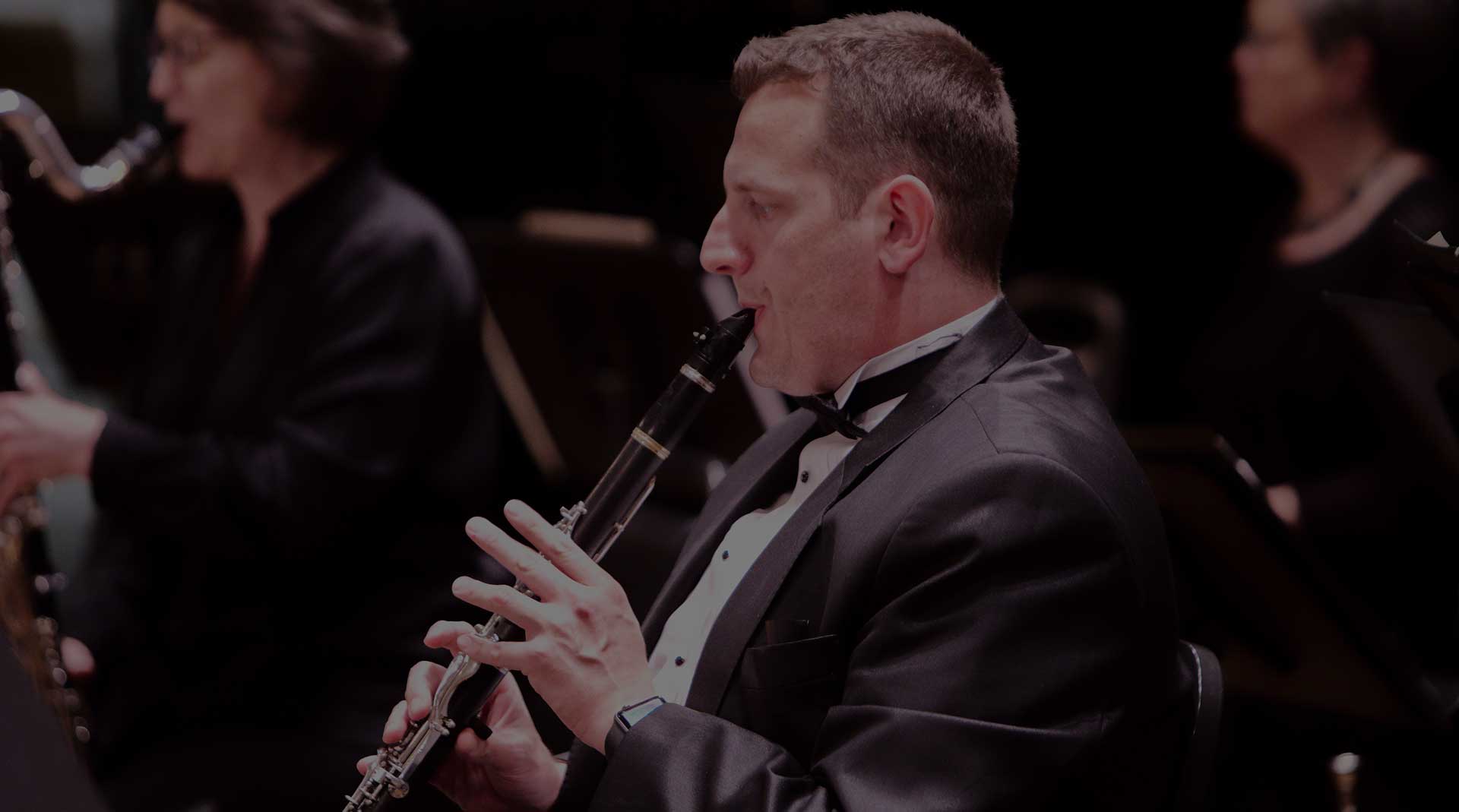
10/6 SPOTLIGHT CONCERT – THE REPERTOIRE II: BRITTEN PHANTASY QUARTET
In the early 20th Century, British composers like Vaughn Williams, Butterworth, and Holst worked to develop a distinctly British style and sound different from the German and French traditions that had so dominated 19th Century romanticism. They turned to the modalities of English folk song and sought inspiration in the works of the great composers of the English renaissance. These earlier composers often worked in a form called a fantasy, or phantasy. These pieces were most often for groups of viols or for the virginal (a type of harpsichord). Fantasies were single movement works that, as the name might imply, encompassed a variety of moods with changing tempos and rhythmic motifs. They were almost like multi-movement works all rolled up into one continuous piece. This look backwards lead to works like Fantasy on a Theme by Thomas Tallis by Vaughn Williams, and similar works by Frank Bridge and others.
Benjamin Britten followed in this tradition when in 1932, at the age of 19 and still studying at the Royal College of Music, he wrote the Phantasy Quartet for Oboe and Strings. Britten gave another nod to the musical past with the Phantasy by scoring the work for oboe, violin, viola, and cello. This combination had been written for to great effect in the late 18th century by Mozart, Michael Haydn, and Stamitz among others, but the combination was virtually ignored by the Romantic composers. Britten takes this ensemble and writes an entirely different kind of piece than those that had come before. The works from the Classical period were basically little oboe concertos, with multiple movements, and a virtuosic solo line for the oboe accompanied by a string trio rather than an orchestra. In Britten’s Phantasy Quartet, the interaction between the players is much more complex. The oboe is sometimes a showy soloist and at others it becomes an integral part of the ensemble. Sometimes, the oboe is completely silent for extended passages in which the string trio takes center stage. The piece is demanding and rewarding for all four players.
As mentioned above, the work is similar in form to pieces dating to the late Renaissance and early Baroque, but the piece has also been described as similar to the experience of awaiting a parade, watching it pass, and then hearing it recede into the distance. The Phantasy opens with a quiet, broken rhythm in the cello that coalesces into a march feeling. The cello is joined by the viola, and then the violin, and finally the oboe. The volume builds, as does the excitement. As the piece progresses, the mood changes repeatedly, as if we are watching an ever-changing parade pass, ultimately the piece climaxes, the march rhythm returns, and fades away to end like it began, with the cello quietly playing a seemingly random rhythm. The parade has passed and faded into the distance.
Please join us this Saturday, October 6th at Brodbeck Hall at Hood College to hear members of the FSO perform this beautiful and exciting work along with the 4th Brandenburg Concerto by J.S. Bach, the 5th String Quartet of Shostakovitch, and work for brass ensemble.


